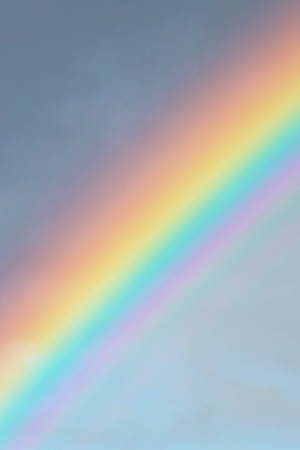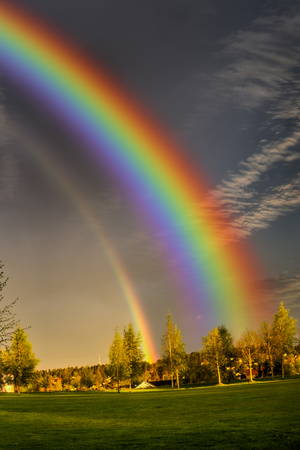The Science Behind Rainbows
The Science Behind Rainbows


Rainbows are one of nature's most striking occurrences. Often appearing after rain showers, rainbows light up the sky with their array of vibrant colors, and many people consider them to be lucky. Have you ever wondered why a rainbow appears or what the science is behind its beautiful spectrum of hues? In this article, we explore the science surrounding rainbows and give you some ideas for experimenting with rainbows of your own.
Who Discovered the rainbow?
Some of the earliest rainbow observations come from Aristotle, a Greek philosopher, who recorded his findings in 350 BC. In his work, he muses on how water droplets in the air were likely responsible for the production of the rainbow, and he also believed that the position of the sun had much to do with how the rainbow appeared to onlookers. In 65 AD, Roman philosopher Seneca the Younger expanded on Aristotle’s records, putting forth ideas about the prism effect that Sir Isaac Newton would solidify many years later. Newton, who defined the visible color spectrum in the 1600s, laid the groundwork for scientific exploration in the field of optics – his work entitled Opticks documents his discoveries.
What are the colors of the rainbow?
Early on, Newton and other scientists concluded that there are seven colors in every rainbow: red, orange, yellow, green, blue, indigo and violet (known alternatively as ROYGBIV). While this visibly appears to be true, the colors in the rainbow are actually part of a spectrum that includes a mixture of different colors. The colors follow the same pattern based on their spectral wavelengths: red always appears on the outermost band of the rainbow with a wavelength around 780 nanometers, and violet always appears on the innermost band with a wavelength of 380 nanometers.

Do you love science as much as we do?
Why Do Rainbows Occur?
Rainbows develop when light from the sun passes through droplets of moisture in the air. When light moves through water, it slows down and changes direction, creating refraction. Since the light from the sun is made up of many different wavelengths and colors, the colors all slow down at different rates. As this occurs, some of the light that enters the moisture droplets is reflected from the drop and refracted as it exits, creating the optical phenomenon of the rainbow. There are several conditions that need to be present in order for a rainbow to appear:
The sun needs to be fairly low in the sky – the lower the sun, the larger the rainbow will appear.
The sun must be behind the observer.
Fog, rain, or basic moisture must be present in front of the viewer.
What is a double rainbow?
A double rainbow is a beautiful and unusual phenomenon that occurs when sunlight is reflected twice within moisture droplets present in the air. The first rainbow appears in typical ROYGBIV fashion, but the second rainbow presents approximately 10 degrees above the original bow with the colors reversed (VIBGYOR).
In between the two rainbows, there is a dark band known as “Alexander’s band.” This area is named after Alexander of Aphrodisias, who recorded its existence in 200 AD. This band occurs because of the way the light is scattered by the raindrops. The deviation angles of the original and secondary rainbows creates a dark band with no sunlight in between the two bows.

Experiment with Rainbows
While the experiments we see outside are mostly due to sunlight, it is also possible to create rainbows with other sources of light under the right conditions. If you want to learn more about rainbows, try this experiment at home:
Fill a clear glass with water, and put a mirror inside the glass at an angle.
Turn off the lights and make the room as dark as possible.
Shine a flashlight through the glass and onto the mirror.
Make observations, ask questions, and record your findings!
live life in color
Rainbows occur fairly often in nature, and they are an instant mood-booster for many of us. We hope that you have enjoyed this brief exploration of the science behind rainbows, and let us know in the comments if you try our rainbow experiment at home! If you love science as much as we do, don't forget to browse our wide selection of STEM-inspired jewelry, available in the shop today.
Our Best Sellers
Our Favorites
